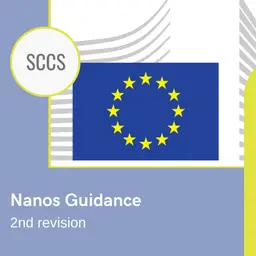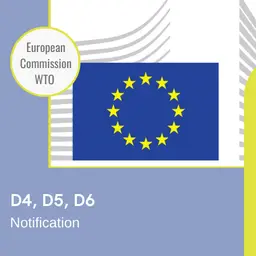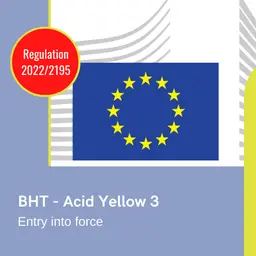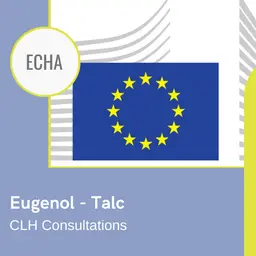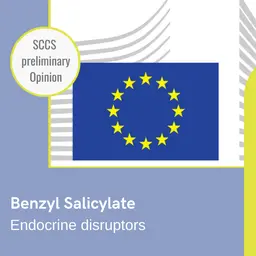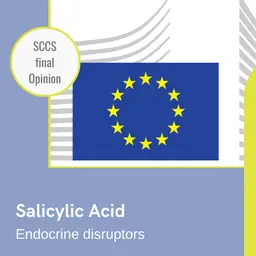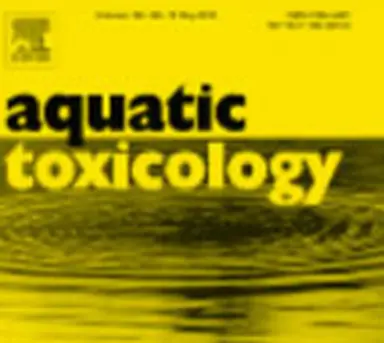
Nano-zinc is, again and again, questioned. It is the topic of studies to evaluate its toxicity to the human race or to the environment. The one displayed underneath has been performed by a team of Chinese researchers, and fingers out the harmful effects of this substance on aquatic organisms. It has just been released in the Aquatic Toxicology scientific journal.
Acute ZnO nanoparticles exposure induces developmental toxicity, oxidative stress and DNA damage in embryo-larval zebra�sh.
Abstract
Nano-scale zinc oxide (nano-ZnO) is widely used in various industrial and commercial applications. However, the available toxicological information was inadequate to assess the potential ecological risk of nano-ZnO to aquatic organisms and the publics. In this study, the developmental toxicity, oxidative stress and DNA damage of nano-ZnO embryos were investigated in the embryo-larval zebra�sh, the toxicity of Zn2+ releasing from nano-ZnO were also investigated to ascertain the relationship between the nano-ZnO and corresponding Zn2+.
Zebra�sh embryos were exposed to 1, 5, 10, 20, 50, and 100 mg/L nano-ZnO and 0.59, 2.15, 3.63, 4.07, 5.31, and 6.04 mg/L Zn2+ for 144 h post-fertilisation (hpf), respectively. Up to 144 hpf, activities of superoxide dismutase (SOD), Catalase (CAT) and glutathione peroxidase (GPx), and malondialdehyde (MDA) contents, the genes related to oxidative damage, reactive oxygen species (ROS) generation and DNA damage in zebra�sh embryos were measured.
The nano-ZnO was found to exert a dose-dependent toxicity to zebrafish embryos and larvae, reducing the hatching rate and inducing malformation and the acute toxicity to zebrafish embryos was greater than that of the Zn2+ solution. The generation of ROS was significant …

